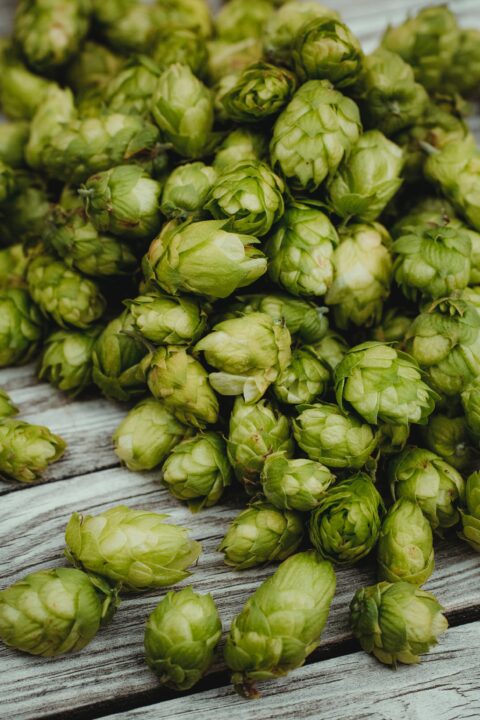Scientists Tracking Scent That Could Help Save Avocados
UC Riverside (UCR) scientists are on the hunt for a chemical that disrupts avocado weevils’ mating and could prevent them from destroying California’s supply of the popular tree fruit crop.
Avocado weevils drill through fruit to lay eggs. The weevil grubs or larvae bore into avocado seeds to feed, rendering the fruit inedible.
“They’re extremely hard to control because they spend most of their time deep inside the fruit, where they’re very well protected from insecticides and natural enemies,” says UCR Entomologist Mark Hoddle.
One strategy for controlling pests is to introduce other insects that feed on them. However, that is unlikely to work in this case. “Natural enemies of these weevils seem to be extremely rare in areas where this pest is native,” Hoddle says.
To combat avocado weevils in Mexico, an area where they are native, and to prevent them from being accidentally introduced into California, Hoddle is working with Jocelyn Millar, a UCR insect pheromone expert. They are leading an effort to find the weevil’s pheromone, with the goal of using it to monitor these pests and prevent them from mating in avocado orchards.
“We could flood avocado orchards with so much pheromone that males and females can’t find each other, and therefore can’t reproduce,” Hoddle says. “This would reduce damage to fruit and enable growers to use less insecticides.”
Alternative control strategies could include mass trapping, using the pheromone as a lure, or an “attract-and-kill” approach, where the pheromone attracts the weevils to small sources of insecticide.
The work to identify, synthesize, and test this pheromone in the field is supported by grants from the California Department of Food and Agriculture, as well as the California Avocado Commission.
An initial phase of the project sent Hoddle to a base of operations three hours south of Mexico City, an area with large weevil populations. Using a special permit issued by USDA, Hoddle brought weevils back to UCR’s Insectary and Quarantine facility.
Hoddle and Sean Halloran, a UCR entomology researcher, captured the chemicals that avocado weevils release into the air. Possible pheromone compound formulas were identified from these crude extracts and are now being synthesized in Millar’s laboratory.
For more, continue reading at news.ucr.edu.








